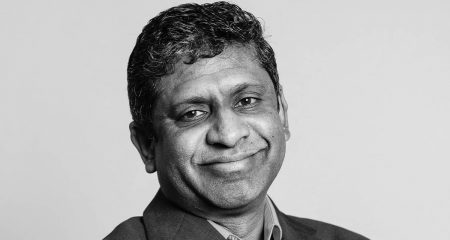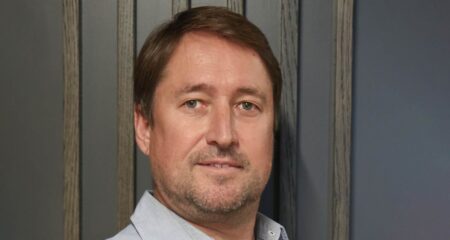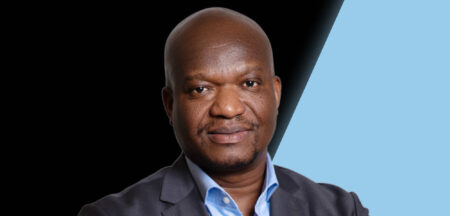
The primary obstacle to providing world-class connectivity to South Africans is the lack of sufficient inland infrastructure. Overcoming this will require a coordinated effort.
This is according to undersea cable company Seacom’s CEO Mark Simpson, who was speaking at the Satcom conference in Sandton.
“We talk a lot about supply,” he says, “but we have to understand the relation to demand and particularly the relationship between potential demand and actual demand. The constraint of inland supply is constraining demand.”
Simpson says the growing number of undersea cables landing in South Africa and elsewhere on the continent has reduced the cost of connectivity. Undersea connectivity has transformed Internet use in Africa but “it’s not happening fast enough”.
Even two years ago, the difference between the capacity between, for example, Europe and the US dwarfed the connectivity between Africa and the rest of the world. This, however, is changing and now the obstacles are getting the abundance of connectivity to end users.
“Demand growth is not tapering off,” Simpson says.
Simpson is also optimistic about the possibilities cloud computing affords African users. “With cloud services, you can bypass costly infrastructure models and get access to the finest infrastructure and services,” he says. However, access to these requires high-capacity terrestrial connections.
“The bottleneck has moved inland,” he says. “There’s no longer a shortage of capacity on cable systems. International supply is abundant and relatively low cost at the beach. The cost, availability and reliability of terrestrial distribution is holding back the benefits that could accrue.”
This is especially true for landlocked countries. Some of the potential solutions, according to Simpson, include working to ensure greater “inter-African connectivity” from “subsea, regional, national and longhaul, to metro access”.
Those laying fibre would also do well to cooperate and minimise the duplication of infrastructure, especially given the ever-increasing capacity of fibre. Simpsons says carrier-neutral data centres and open-access exchanges are also essential, as is peering and sharing of local content to reduce costs.
“And, of course, you need a well-oiled regulatory environment,” he says. “Regulatory bodies need to protect consumers, enable investment and push towards a competitive environment. There’s also the need for cooperation between regulators, too, to ensure countries can connect to one another.”
Simpson says Seacom is working on “closing the ring” by building what it is tentatively calling the Sams (South African Marine System) cable that will link Yzerfontein in the Western Cape with Mtunzini in KwaZulu-Natal via Port Elizabeth and East London.
The motivation for Sams is that subsea cables offer higher performance and lower cost than terrestrial ones and that the cable will provide redundancy into the Eastern Cape while also offering protection for the Johannesburg to Cape Town routes.
“It’s about offering resilience and reliability and closing the African ring from east to west,” Simpson says. He says Sams is expected to be up and running next year and that it is currently awaiting environmental approval but that Seacom doesn’t foresee opposition to it. — (c) 2013 NewsCentral Media




